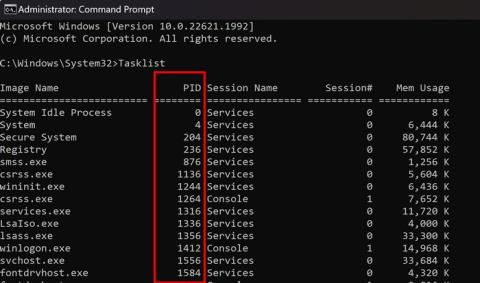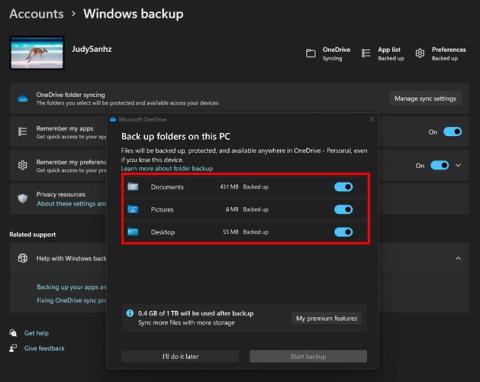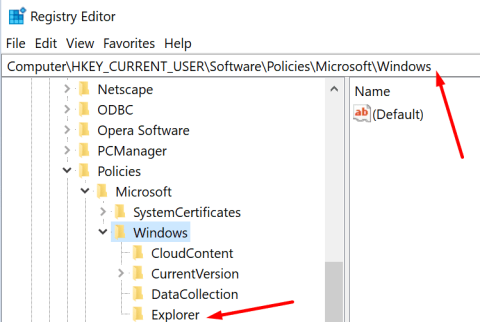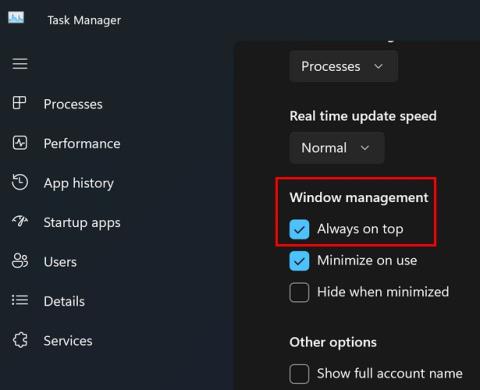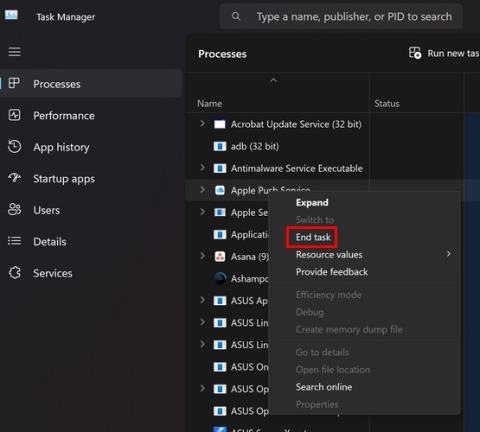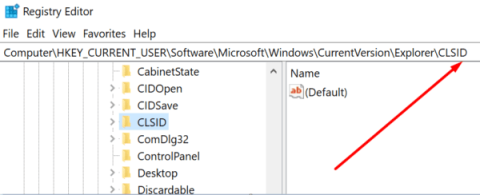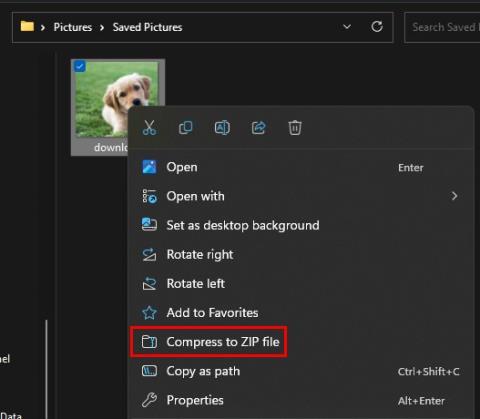Cando Windows 11 anunciou a posibilidade de instalar e usar aplicacións de Android, todo o mundo estaba encantado. A xente estaba emocionada de executar aplicacións de redes sociais, xogos e moito máis directamente desde o seu PC. Desafortunadamente, esta emoción quedou curta cando Microsoft revelou que usarían a Amazon App Store en lugar da Google Play Store.
A modo de comparación, a tenda de aplicacións de Amazon só ten preto de 460.000 mentres que a alternativa de Google ten 3,48 millóns de aplicacións en total. Esta é unha das razóns polas que moitos usuarios buscaron instalar Google Play Services and Store manualmente. Estás no mesmo barco? Entón temos a guía perfecta para ti!
Usa os seguintes métodos para obter e usar Google Play Store e Gapps no teu PC con Windows 11.
Relacionado: Como desagrupar iconas na barra de tarefas de Windows 11 cun corte de rexistro
Contidos
Método n.º 1: instala WSA personalizado con Gapps e Play Store preinstalados
Unha forma máis sinxela de obter Google Apps e Google Play Store con WSA é mediante un WSA modificado previamente que teña Gapps preinstalado. Este WSA foi compartido por un Redditor chamado Rageman666 ( ver aquí ). Unha vez descargado, podes usar o mod que se indica a continuación para iniciar sesión en Google Play Store coa túa conta de Google. (Non obstante, se queres instalar WSA só de xeito oficial e despois asumir o método complexo de instalar Gapps ti mesmo, consulta o Método 2 a continuación).
Que necesitas
Guía paso a paso
Primeiro teremos que activar o modo de programador na túa instalación de Windows 11. Preme Windows + ino teu teclado e selecciona "Privacidade e seguridade" na barra lateral esquerda.

Fai clic en "Para desenvolvedores" á túa dereita.
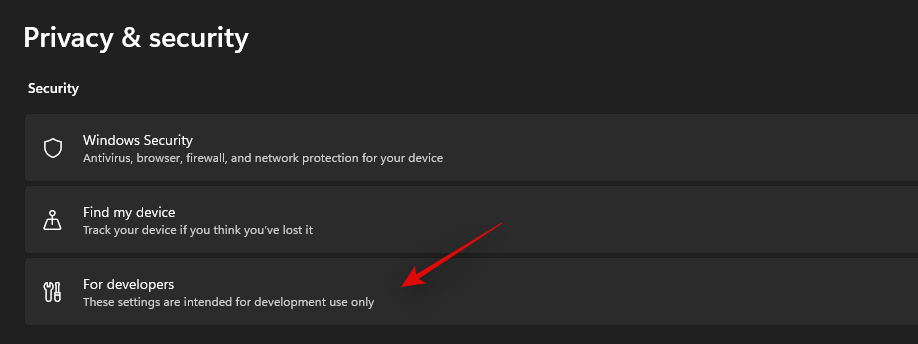
Fai clic e activa o interruptor para "Modo de programador". Fai clic en "Si" para confirmar a túa elección.
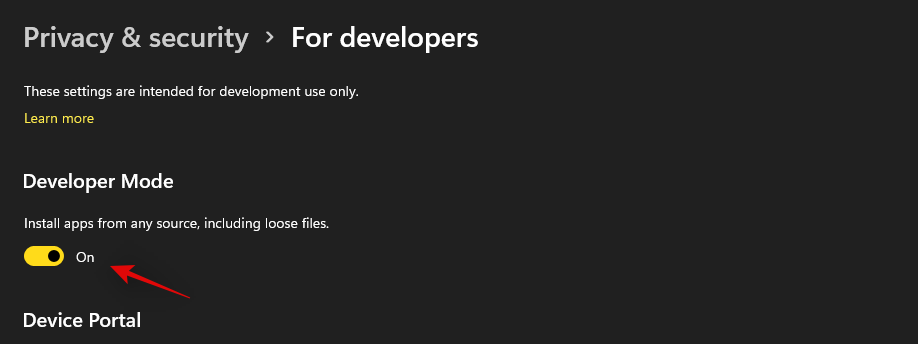
Agora descarga o WSA ligado arriba a un lugar cómodo do teu almacenamento local. Descomprime os ficheiros a un novo cartafol chamado 'WSAUnpacked'. Fai clic na barra de enderezos do cartafol "WSAUnpacked" e copia o camiño no portapapeis.
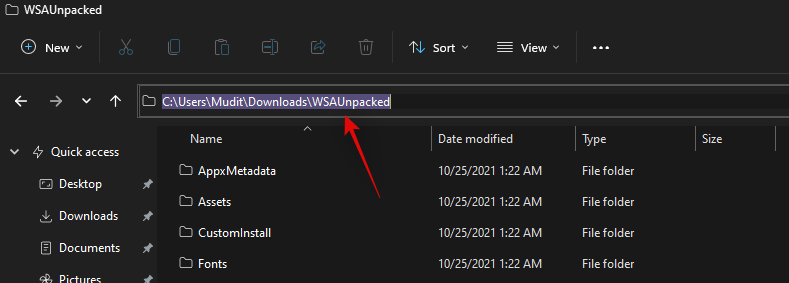
Preme Windows + Sno teu teclado, busca "Powershell" e fai clic en "Executar como administrador" unha vez que apareza nos teus resultados de busca.
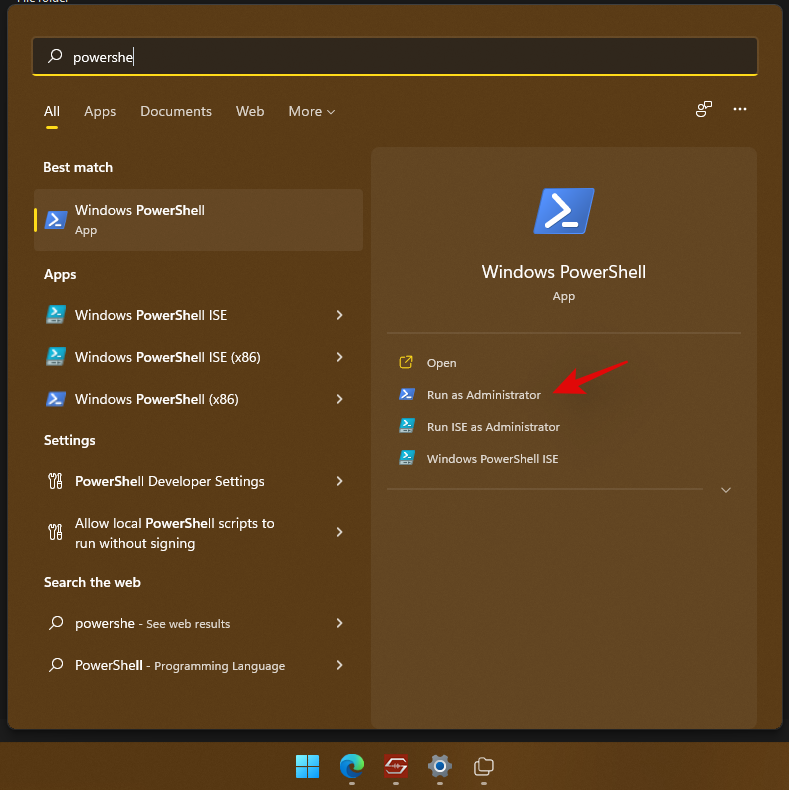
Escribe o seguinte comando e substitúe PATH polo camiño que copiamos no teu portapapeis. Asegúrese de eliminar as comiñas do camiño pegado.
cd PATH
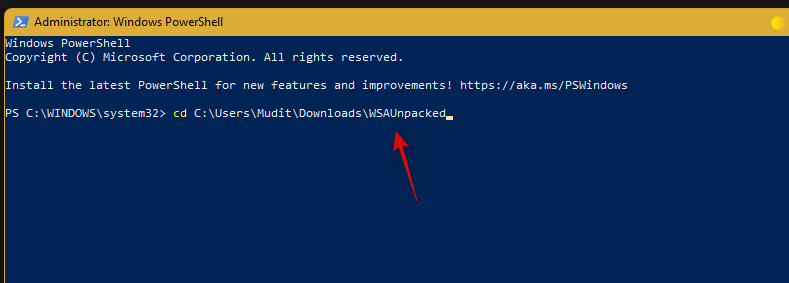
Agora escriba e execute o seguinte comando.
Add-AppxPackage -Register .\AppxManifest.xml

O WSA modificado agora instalarase no teu sistema. Prema a tecla Windows e inicie o mesmo desde o menú Inicio.
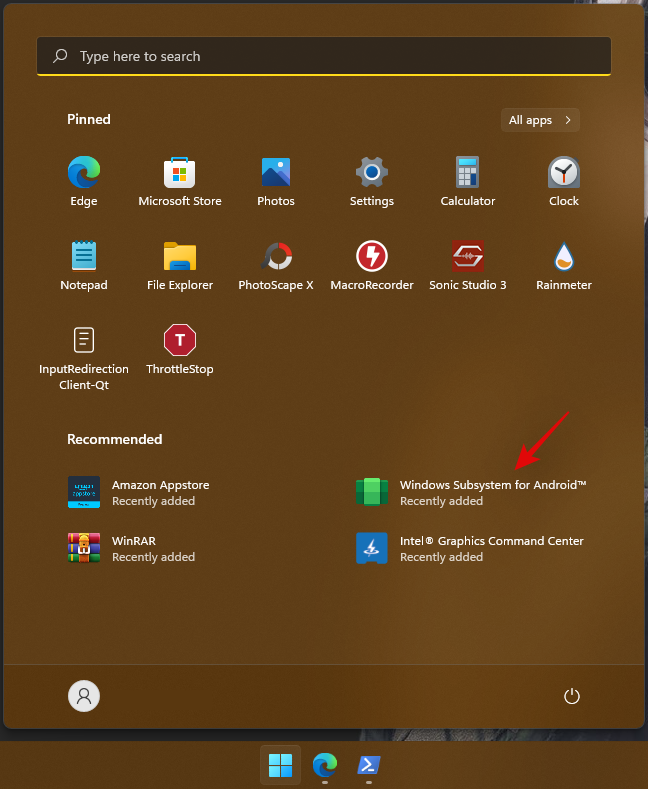
Unha vez que se inicie o subsistema, fai clic e activa o "Modo de desenvolvedor".

Agora fai clic en "Ficheiros" na parte superior para que lance o subsistema de Windows para Android no teu sistema.

Pecha a aplicación Ficheiros. Agora necesitamos utilizar unha solución alternativa para iniciar sesión na Play Store.

Descargue ADBToolkit da ligazón anterior e extráeo a un novo cartafol no seu escritorio chamado "ADBToolkit". Unha vez extraído, fai clic na barra de enderezos na parte superior e copia o enderezo no portapapeis.
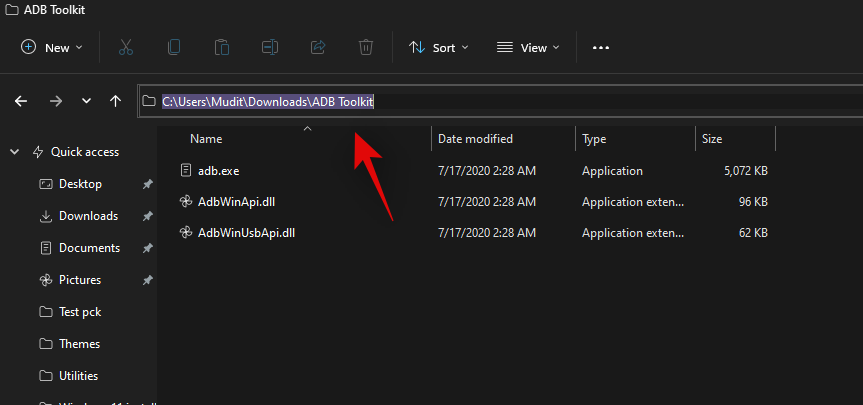
Preme Windows + Sno teu teclado e busca Powershell. Fai clic en "Executar como administrador" unha vez que Powershell apareza nos teus resultados de busca.

Escriba o seguinte comando e substitúa PATH polo camiño a ADBToolkit que copiamos anteriormente.
cd PATH

Nota: asegúrese de eliminar as comiñas do camiño pegado a ADBToolkit.
Agora volve á xanela do subsistema e copia o enderezo indicado a continuación "Modo de desenvolvedor".

Execute o comando que se indica a continuación para iniciar e conectar ADB. Substitúe "ADDRESS" polo enderezo copiado no portapapeis (desde arriba).
.\adb.exe connect ADDRESS

Escriba o seguinte comando para iniciar o shell ADB.
.\adb.exe shell

Agora use o seguinte comando para obter acceso root.
su

Agora escriba o seguinte comando.
setenforce 0
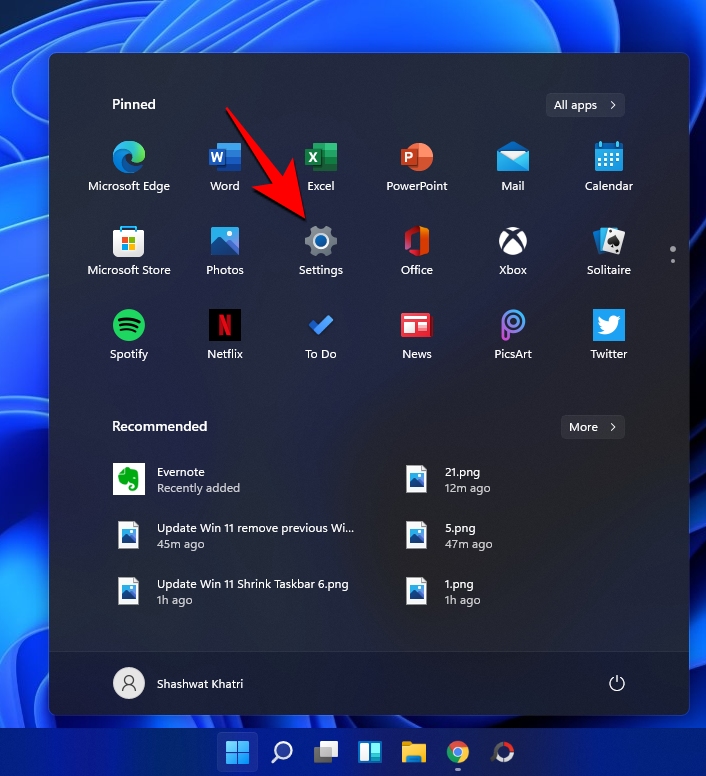
Escriba "Saír" para saír de PowerShell.

Agora podes pechar todas as fiestras abertas no teu escritorio. Preme Windows + Se busca "Play Store" agora. Fai clic e inicia a aplicación unha vez que apareza nos teus resultados de busca.
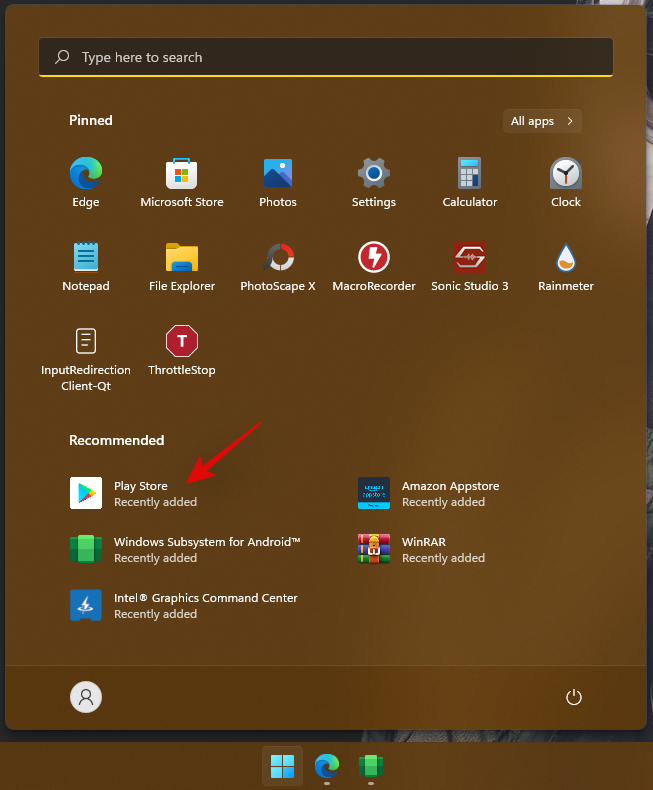
Agora fai clic en "Iniciar sesión" e inicia sesión coa túa conta de Google.
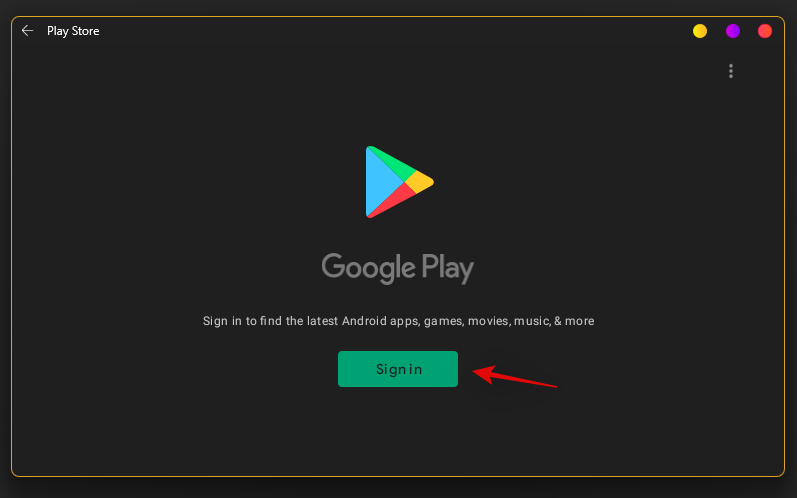
Agora iniciarase sesión coa túa conta de Google e agora deberías poder usar Google Play Store no teu PC con Windows 11.
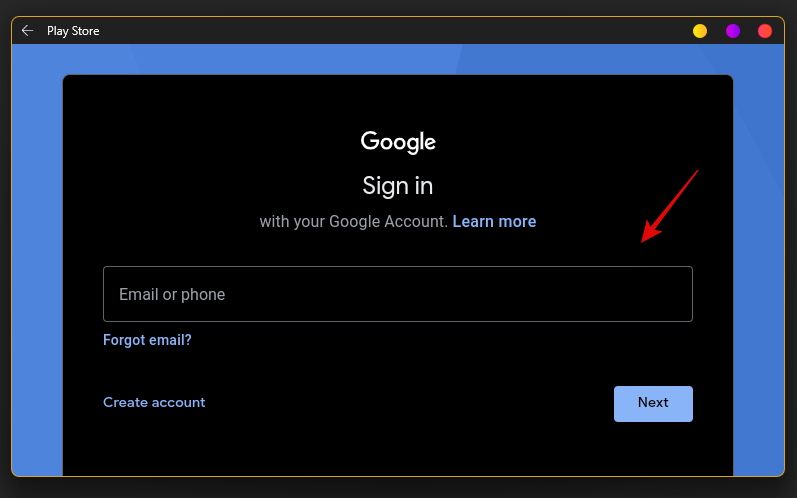
E xa está! Agora podes descargar e instalar as aplicacións de Android desexadas no teu sistema directamente desde Google Play Store.
Relacionado: APK de carga lateral en Windows 11 usando ADB manualmente | Automaticamente cun guión
Método #2: Instala WSA e despois instala Gapps ti mesmo
The method above is much easier and thus easy to go with even though not exactly recommendable, as it’s a pre-modified (custom) WSA package. But if you want an official WSA package from Microsoft and want to install Gapps yourself over this, then this is the method for you. It’s quite complex btw, so may often wonder whether simply installing a custom WSA package that comes with Gapps pre-installed is worth it, which we’d say, is.
Getting Google Apps and Play Store on your PC on official WSA by installing Gapps package yourself is recommended as you wouldn’t need a pre-modified WSA which helps if you are concerned about the security of a custom WSA package under method 1.
What do you need
- WSGA script | Download Link (Gapps script for Windows Subsystem for Android)
- Windows Subsystem For Android | Link
- Store Adguard | Link
- OpenGApps | Link
- ADBToolkit | Download Link
- WinRAR | Download Link
- WSL: Windows Subsystem for Linux
- Ubuntu: Download Link
- Important: Uninstall the original Windows Subsystem For Android if you already have it installed on your PC before proceeding with this guide.
Step-by-step guide
Visit the WSA link above and copy and paste the following link given below or above in the text box.
Link

Now click on the drop-down menu beside the text box and click on ‘Slow’.
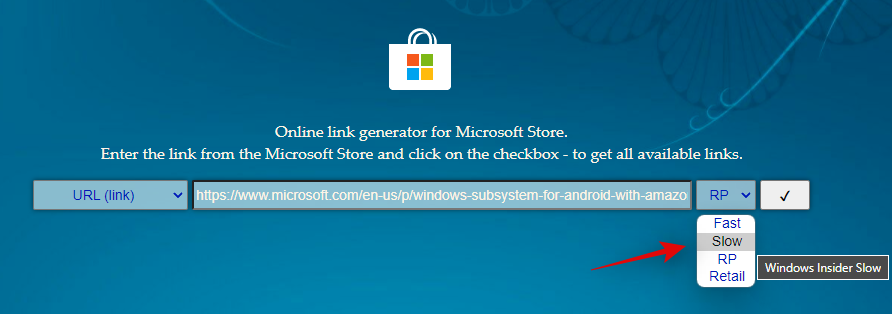
Click on the ‘Check Mark’ to process the given link.
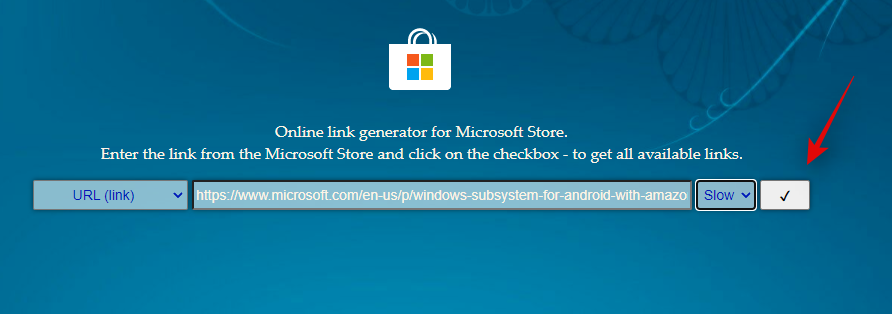
Once processed, all the linked download files will now be available on your screen. Scroll to the bottom and click on the .msix bundle at the bottom and download it to a convenient location on your local storage.
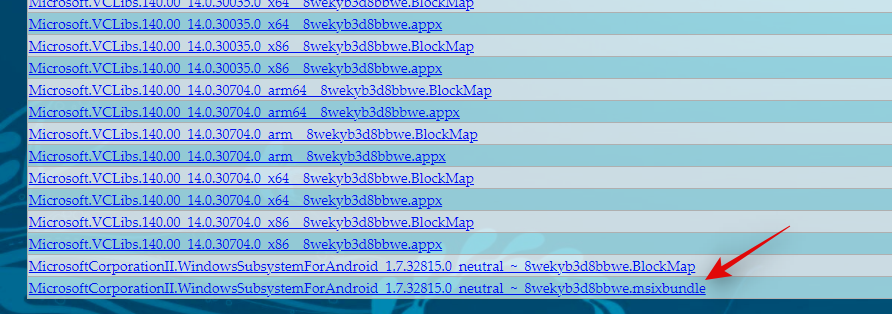
Now go to the downloaded file, right-click on it and open it with WinRAR. If you do not have WinRAR on your PC then use the link above to download and install the same.
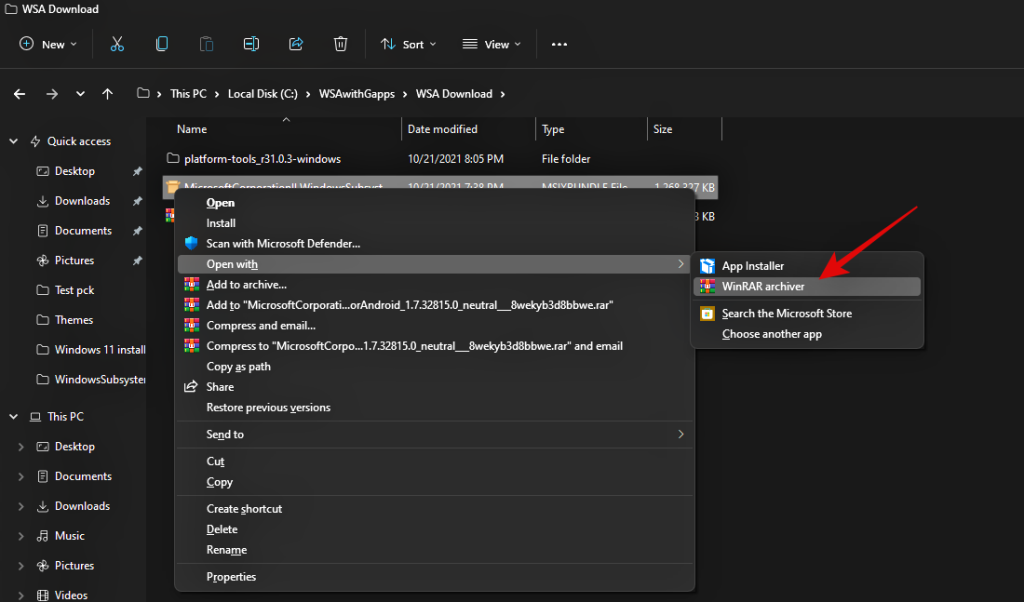
Once the bundle is open in WinRAR, scroll to the bottom and check the architecture of the .msix bundle. It should match your CPU architecture, if not, you can select the desired version from the list and proceed with the guide.

Double click and open the same bundle in WinRAR. Once you are done, go to your C/boot drive and create a new folder named ‘WindowsSubsystemForAndroid’.

Switch back to Winrar and select all the files except the following folders and files.
- AppxMetadata (folder)
- AppxBlockMap.xml (file)
- AppxSignature.p7x (file)
- [Content Types].xml (file)
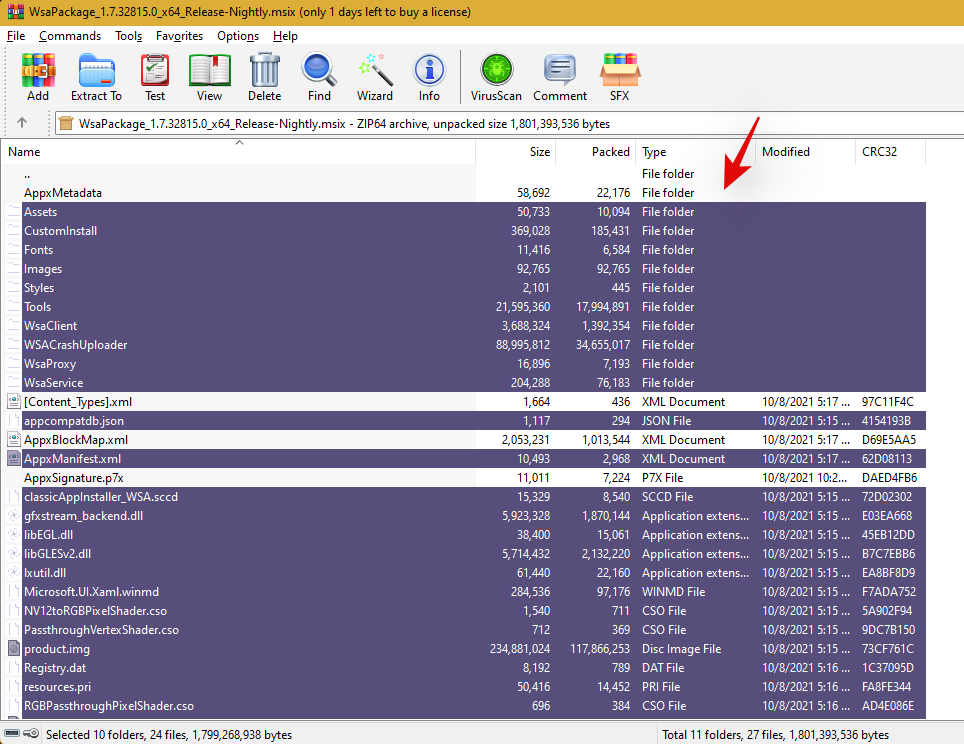
Copy all the selected files to the new ‘WindowsSubsystemForAndroid’ folder we created earlier.
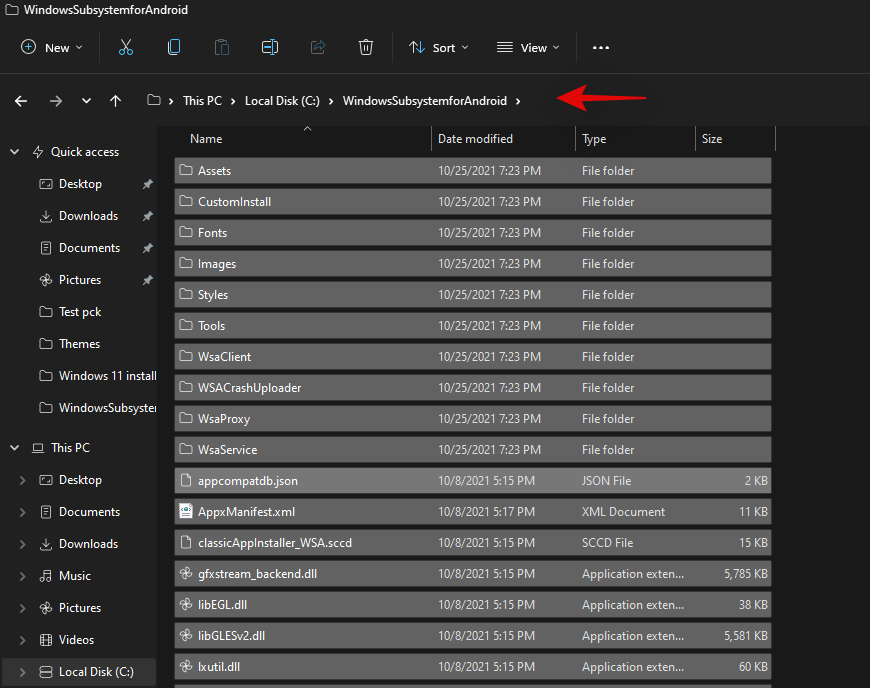
Once copied, create another new folder on your boot drive named ‘GAppsForWSA’.
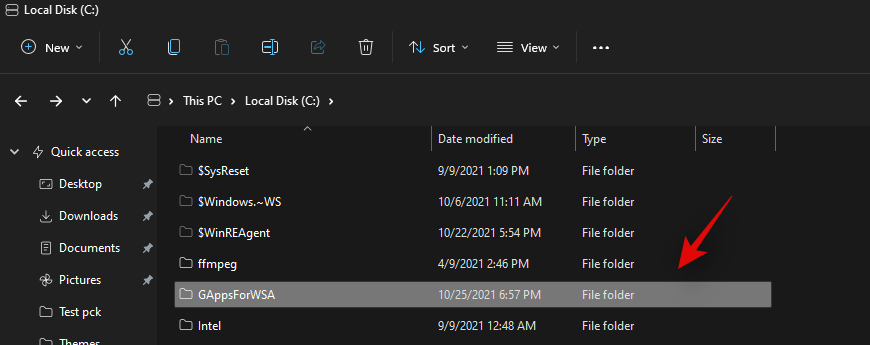
Open the link for the WSGA script at the top and download the same as a .zip to your local storage.
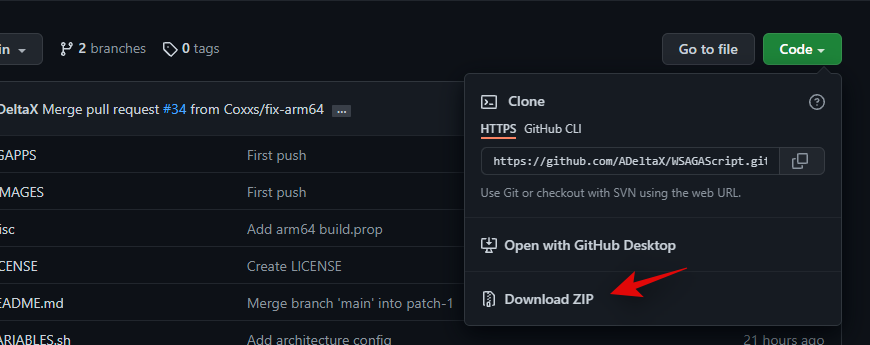
Extract the .zip to the new ‘GAppsForWSA’ folder that we created in your boot drive.

Note: Extract the contents of the ‘WSGAScript-main’ folder contents inside the archive.
With the contents archived, right-click on ‘VARIABLEs.sh’ and open it with Notepad.

Replace ‘GAppsWSA’ with ‘GAppsForWSA’.
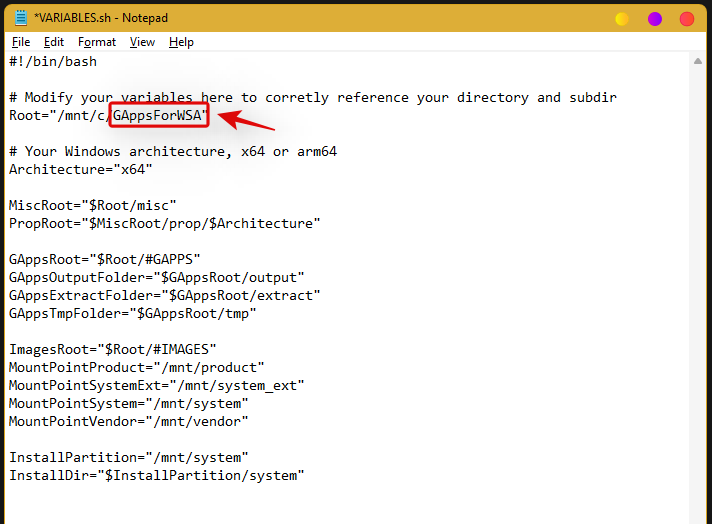
Press Ctrl + S on your keyboard to save the changes. We will now download GApps for your WSA installation. Visit the link for OpenGApps at the top and select the following options given below.
- Platform: x86_64
- Android: 11.0
- Variant: pico
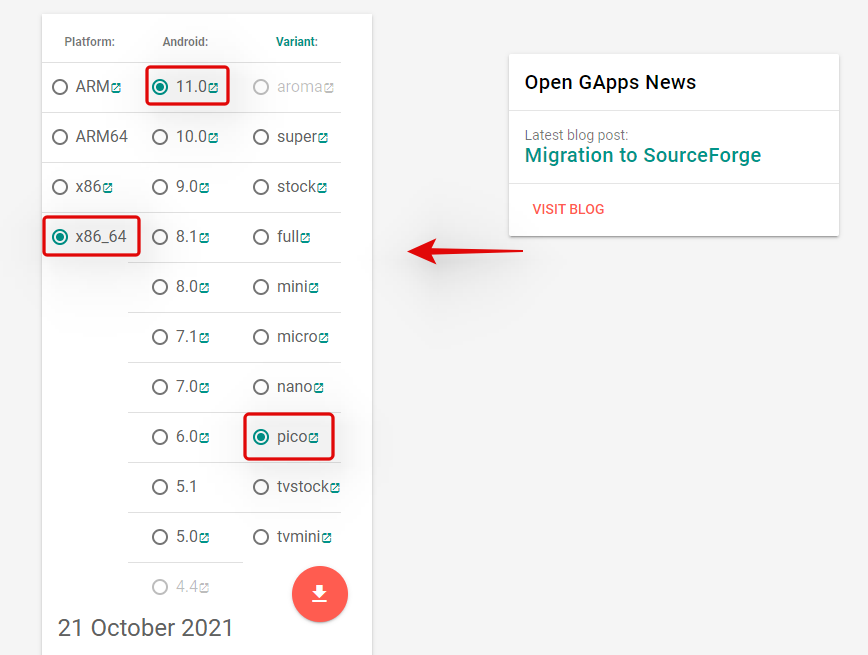
Click on the ‘Download icon’.
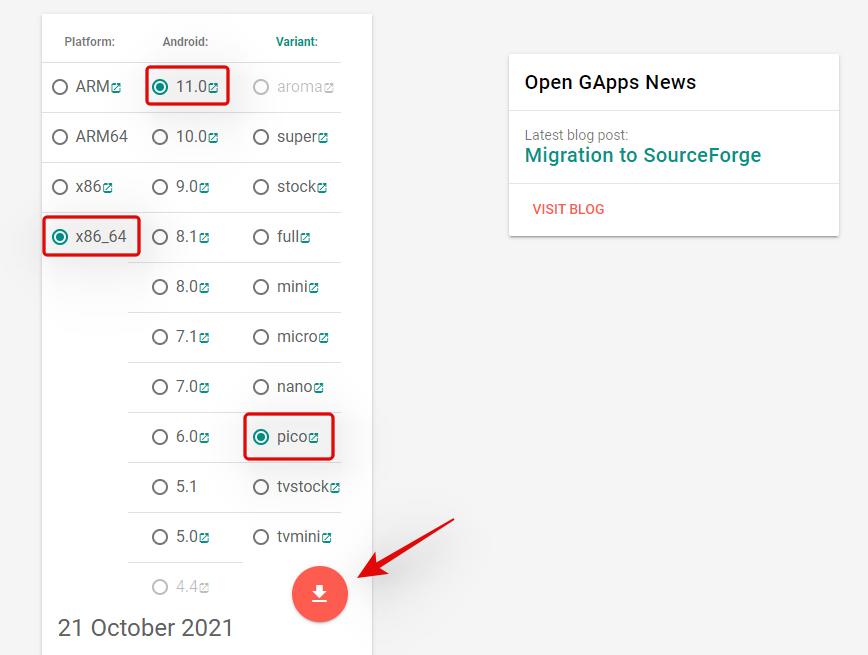
You will now be redirected to Sourceforge, wait a few seconds and the download should automatically be initiated for you.

Download and store the archive in the following location in the ‘GAppsForWSA’ folder on your boot drive.
Boot Drive\GAppsForWSA\#GAPPS
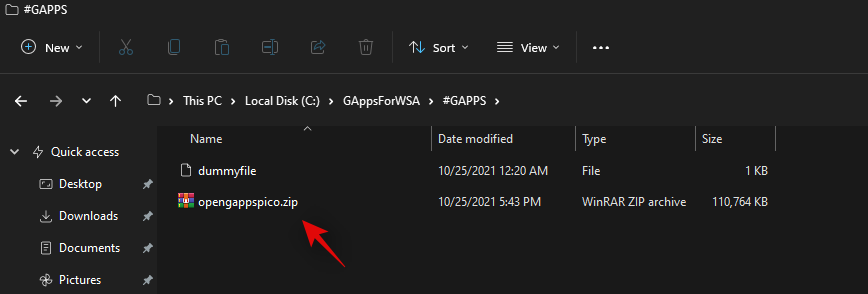
Now go back to your boot drive and open the ‘WindowsSubsystemForAndroid’. Copy the following 4 files.
- vendor.img
- system_ext.img
- system.img
- product.img
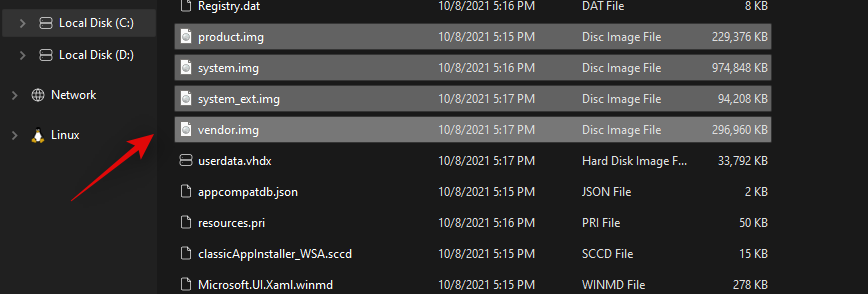
Navigate to the following location and paste all your copied files.
Boot Drive\GAppsForWSA\#IMAGES
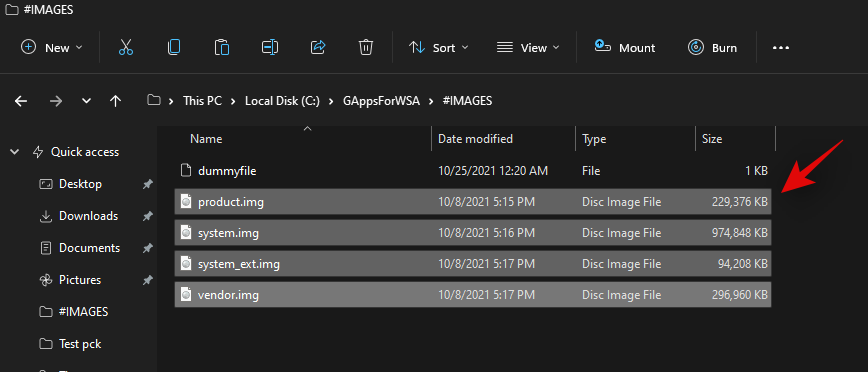
We will now install WSL for your system. WSL is a Linux Subsystem that will allow you to use executables and scripts developed for Linux. Press Windows + i on your keyboard to open the Settings app and then click on ‘Apps’ on your left.
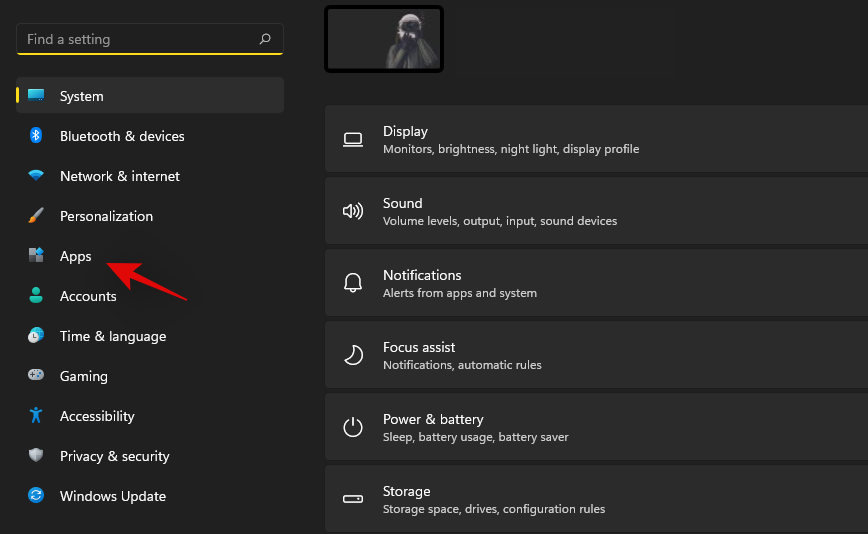
Now click on ‘Optional Features’.
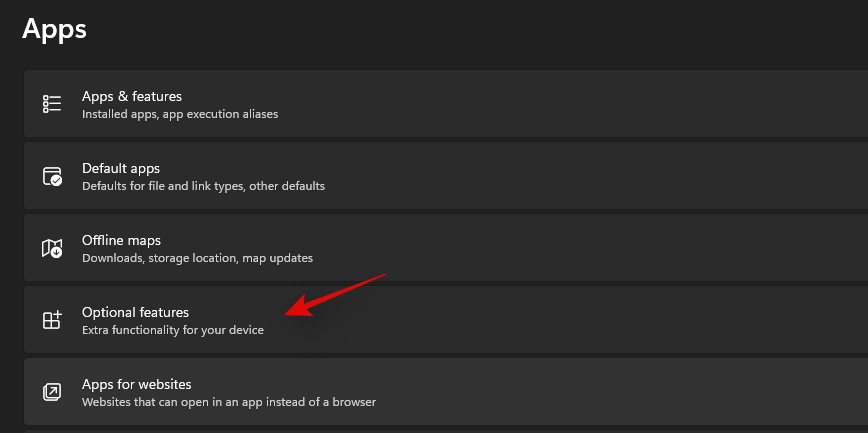
Scroll down and click on ‘More Windows features’.
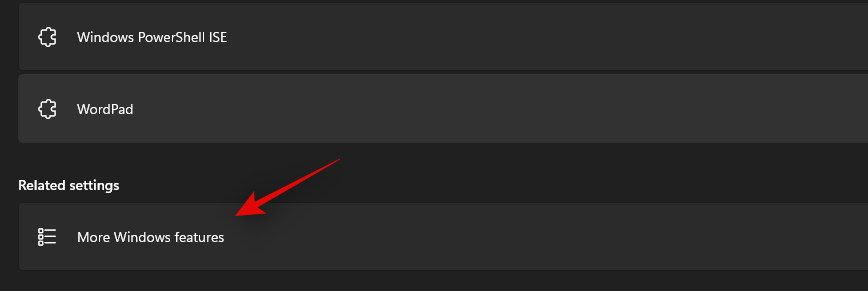
A new window for available features will now open on your screen. Scroll to the bottom and check the box for ‘Windows Subsystem for Linux’.
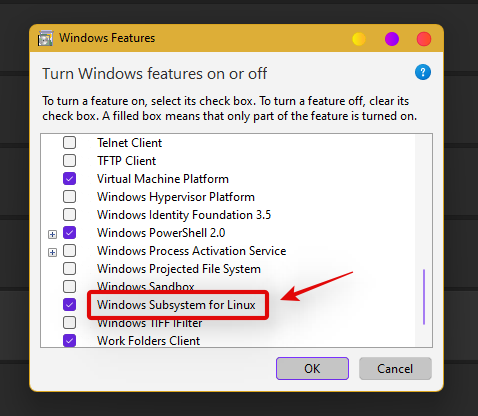
Click on ‘Ok’ once you are done. The Linux Subsystem will now be installed on your PC. You will now be prompted to restart your PC. We recommend you restart your PC at this point even if you are not prompted.
We will now install a distro that will help us during this setup. We recommend you use Ubuntu available on the Microsoft Store as it is easily downloaded and removed from your system. Use the link below to visit and download Ubuntu in the Microsoft Store.
Click on ‘Open’ once the app is installed to configure your installation. You can also launch the app from your Start menu depending on your preference.
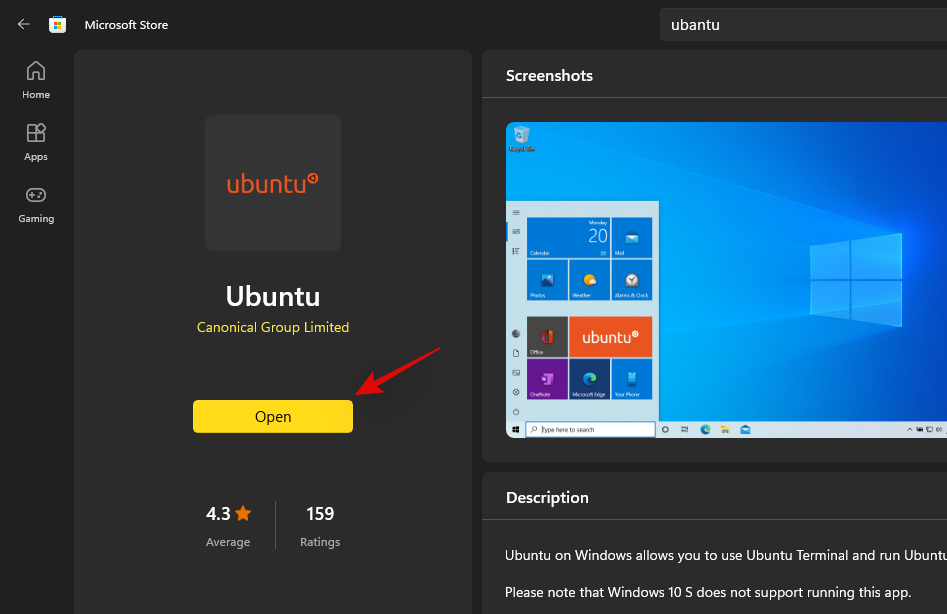
Ubuntu will now be installed on your system. Once installed, proceed to set a Username to protect your installation. Subsequently, enter a password to protect root access on your system.
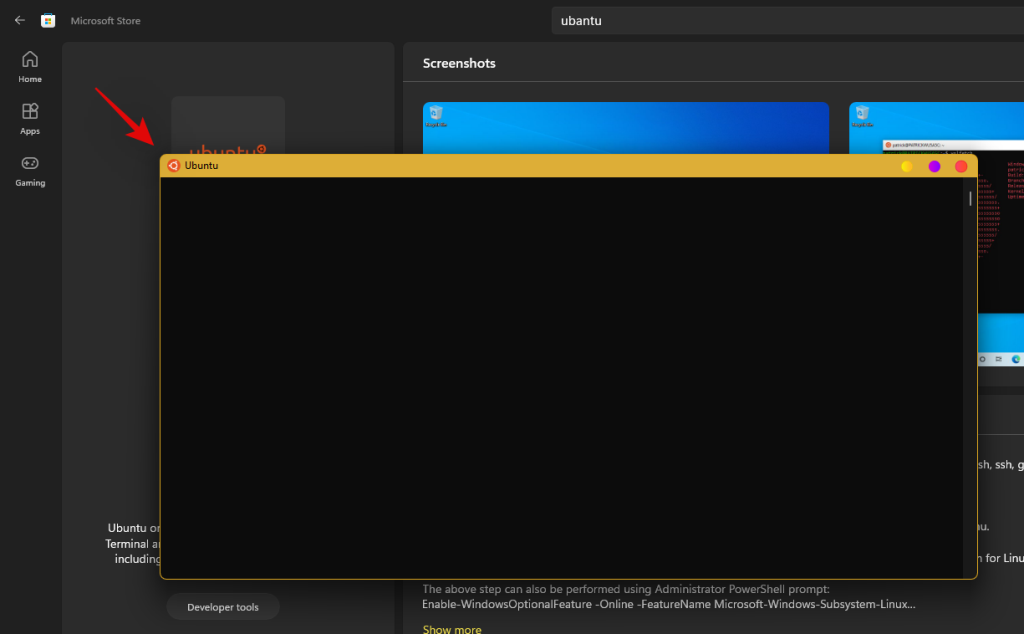
The Distro has now been setup on your system, you can close the current window and press Windows + X instead. Select ‘Windows Terminal (admin)’.
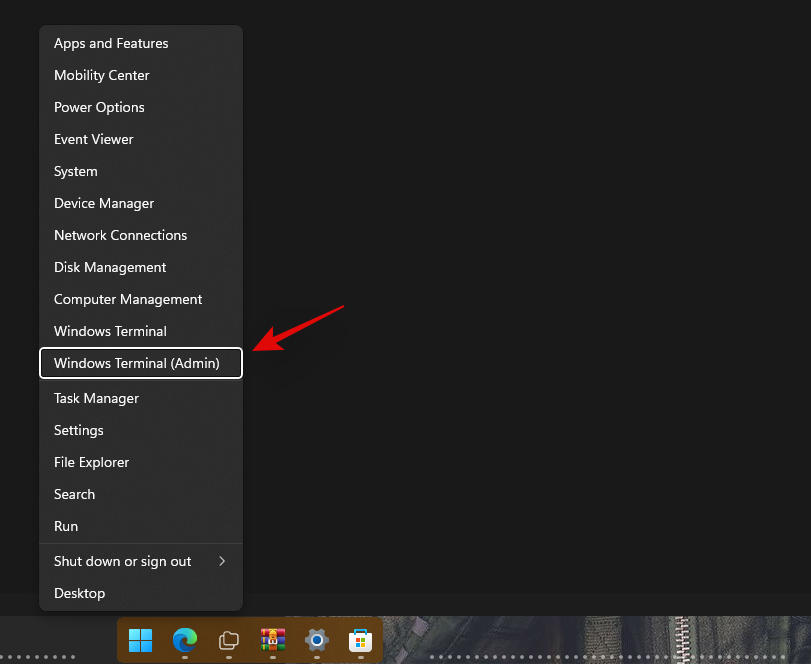
Click on the drop-down arrow at the top and select the same to launch a WSL terminal in the new tab. We’ll now need root access to modify your WSA with GApps. Type in the following command and press Enter on your keyboard. If you did not set a username or password then you should already have root access in the terminal. You can skip this step and move to the next one instead.
sudo su
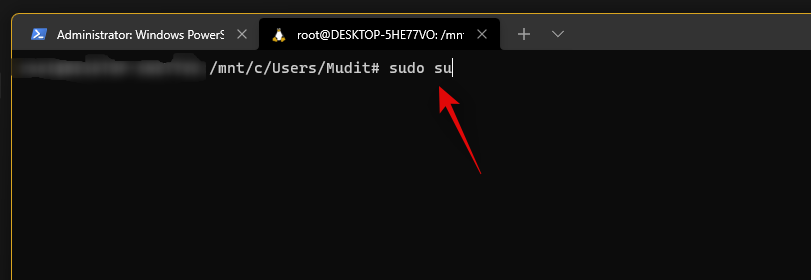
Enter your password to grant root access (if applicable). Now type in the following commands one by one.
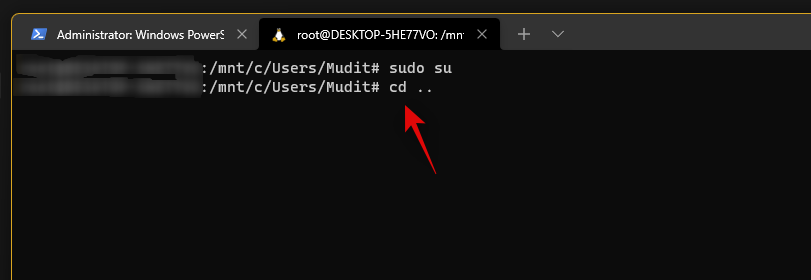
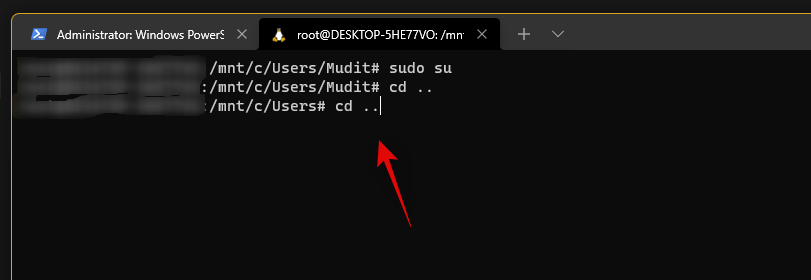
Finally use the command below to navigate to ‘GAppsForWSA’.
cd GAppsForWSA/

Now type in the following command to install ‘lzip’ and ‘unzip’ which will be needed for this process.
apt install lzip unzip

Note: If you are unable to get lzip or unzip setup, then run apt-get update -y to update your repositories and packages.
Confirm your choice by typing in ‘Y‘.
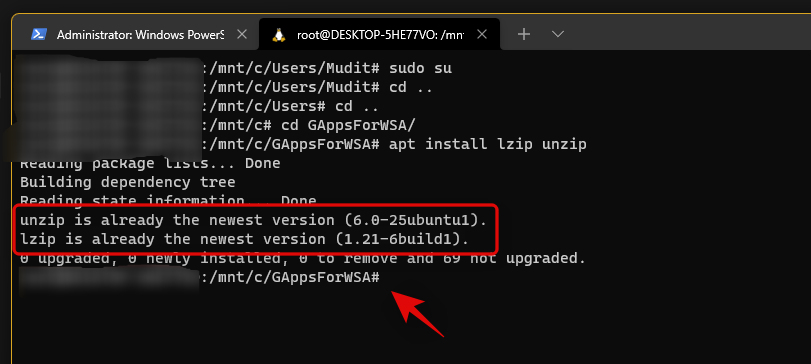
We will now install ‘dos2unix’ which will also be needed for this modification. Use the command below to install the same on your PC.
apt install dos2unix
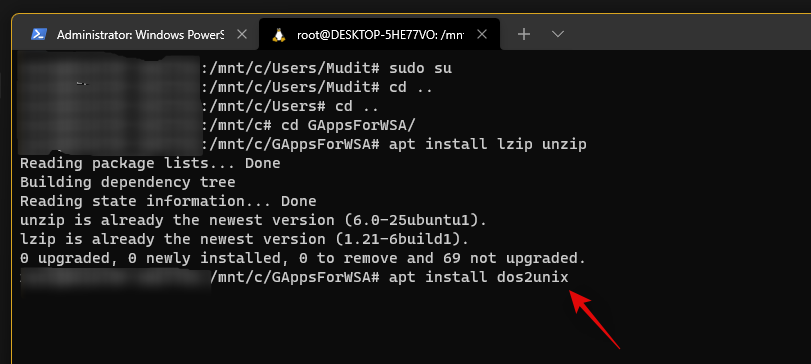
Now it’s time to modify your WSA image. Type in and execute the following commands in the terminal one by one in the same order.
- Command 1:
dos2unix ./apply.sh
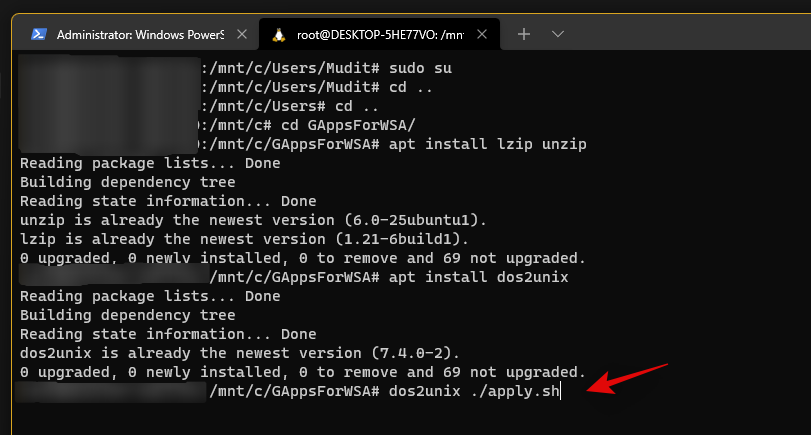
- Command 2:
dos2unix ./extend_and_mount_images.sh
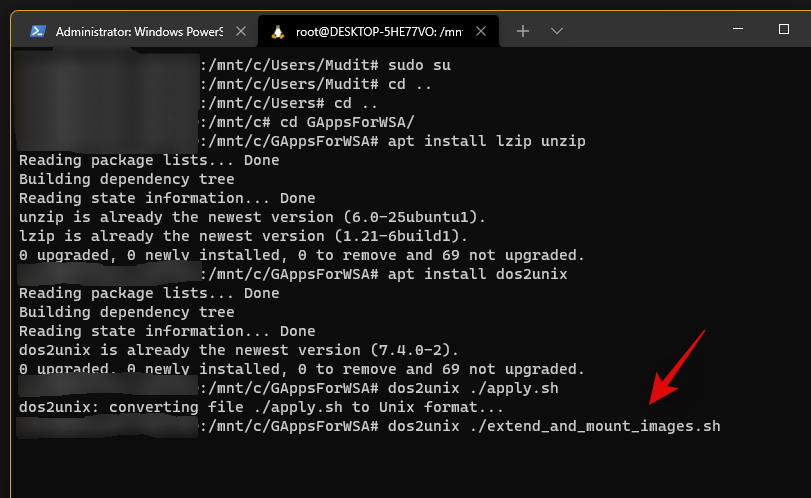
- Command 3:
dos2unix ./extract_gapps_pico.sh
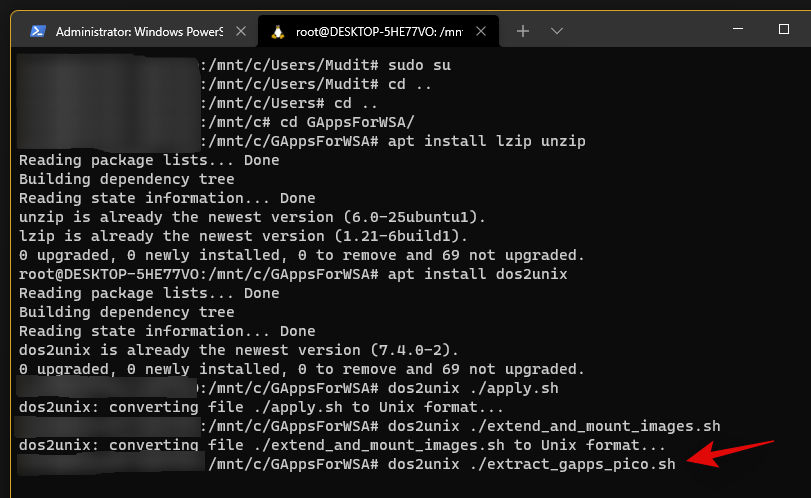
- Command 4:
dos2unix ./unmount_images.sh
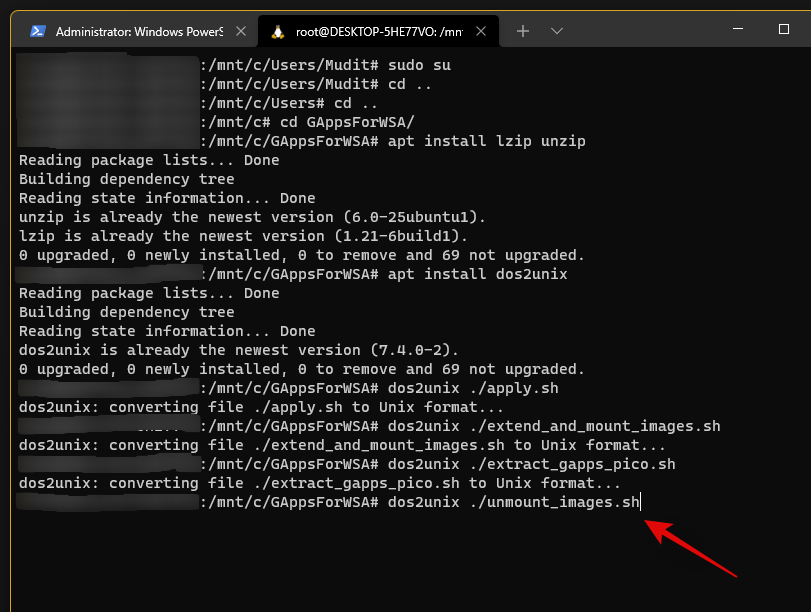
- Command 5:
dos2unix ./VARIABLES.sh
Once the process completes, type in the following to clear up your terminal for better management.
clear
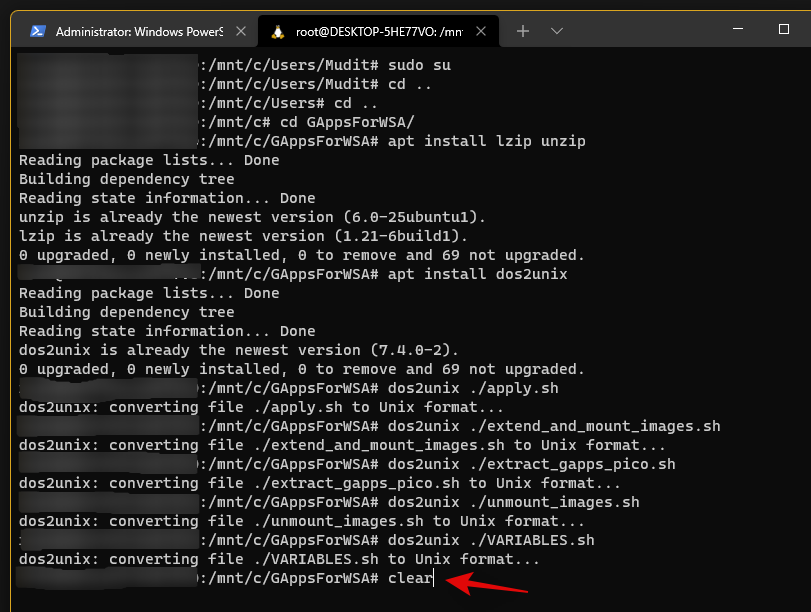
Now that we have our scripts, let’s execute them. Type in and execute the commands given below one by one in the same order.
- Command 1:
./extract_gapps_pico.sh

- Command 2:
./extend_and_mount_images.sh
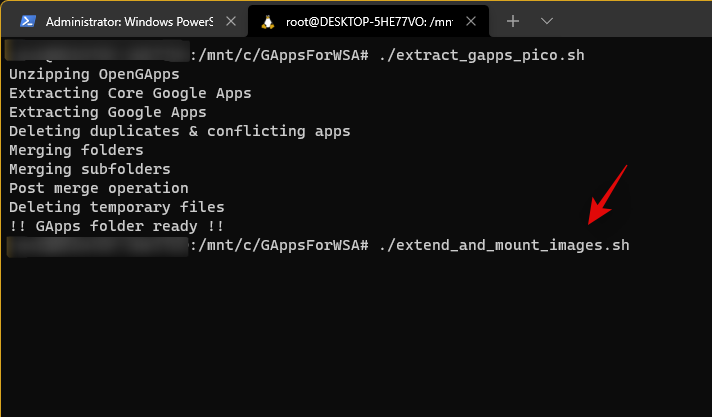
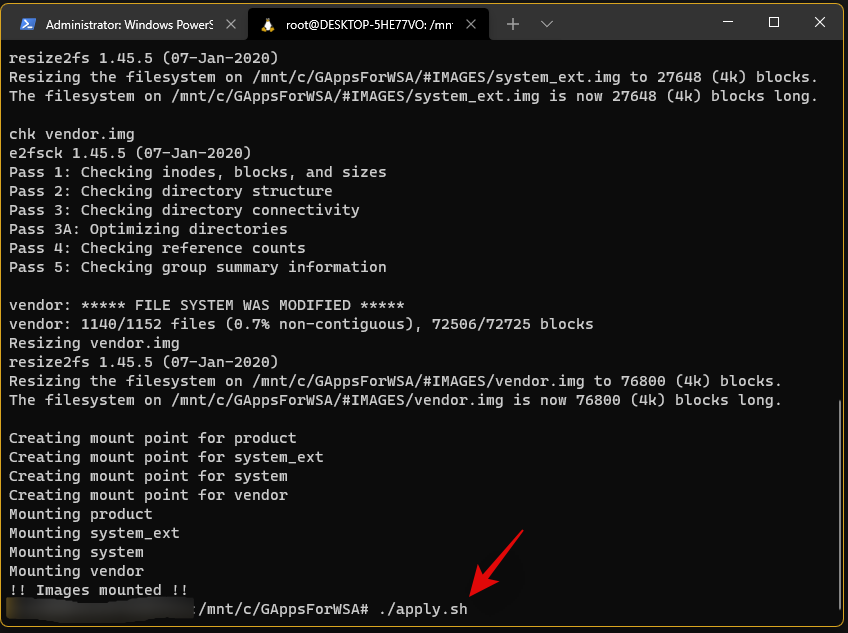
- Command 4:
./unmount_images.sh
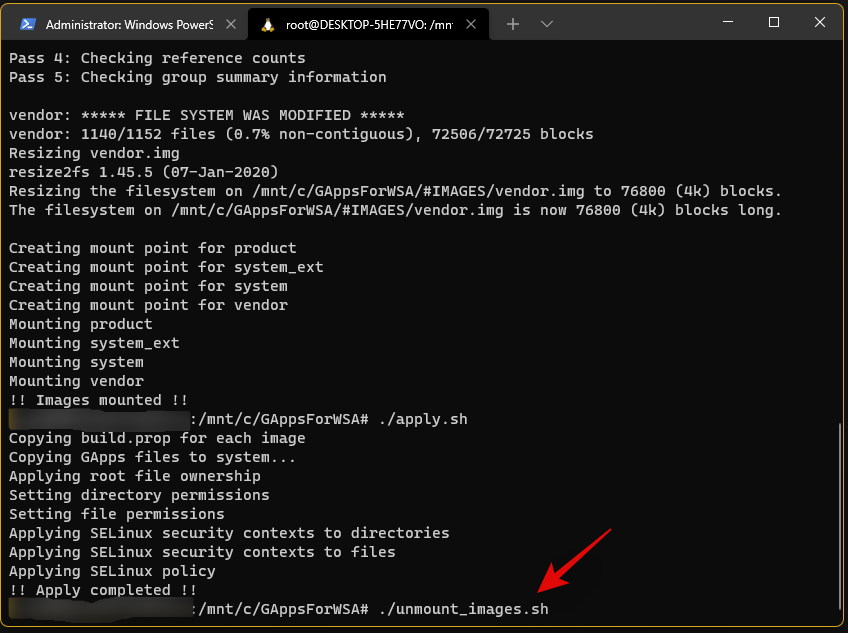
We are now done with the console, for now, you can close the same. Go to your boot drive and navigate to the following location.
\GAppsForWSA\#IMAGES
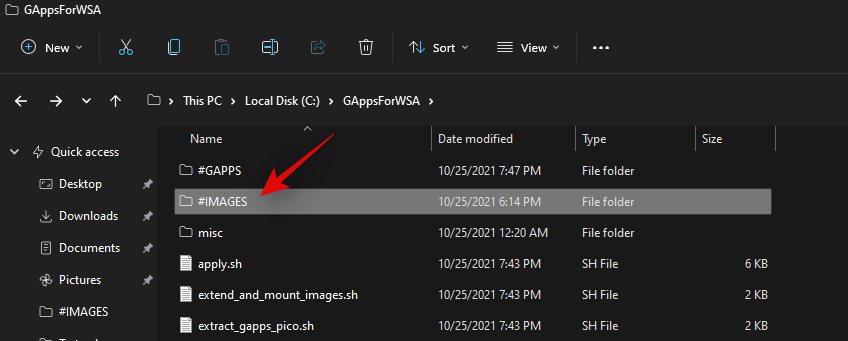
Copy the following files to your clipboard.
- product.img
- system.img
- system_ext.img
- vendor.img

Now navigate to the ‘WindowsSubsystemForAndroid’ folder on your boot drive and paste all the copied images in the same location. Choose to replace the files when prompted.
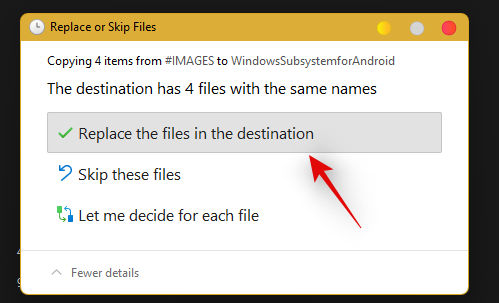
We’re almost done with the modification now. Navigate to your ‘GAppsForWSA’ folder on your boot drive and double click and open the ‘misc’ folder.
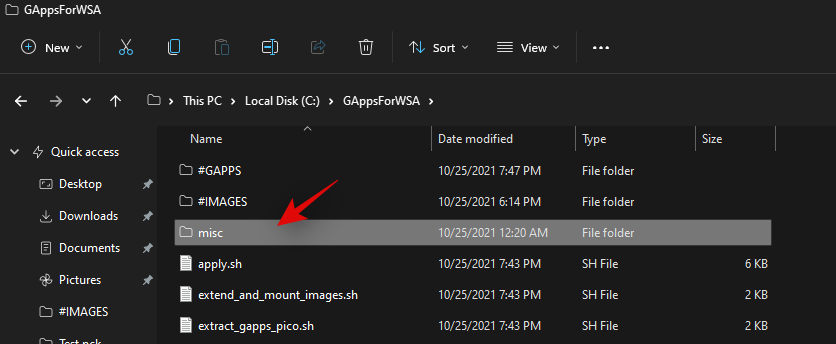
Copy ‘kernel’ to your clipboard.
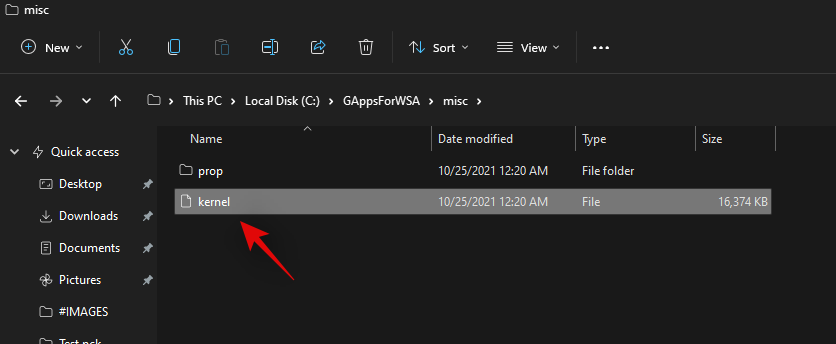
Navigate to the following location.
Boot drive\WindowsSubsystemForAndroid\Tools
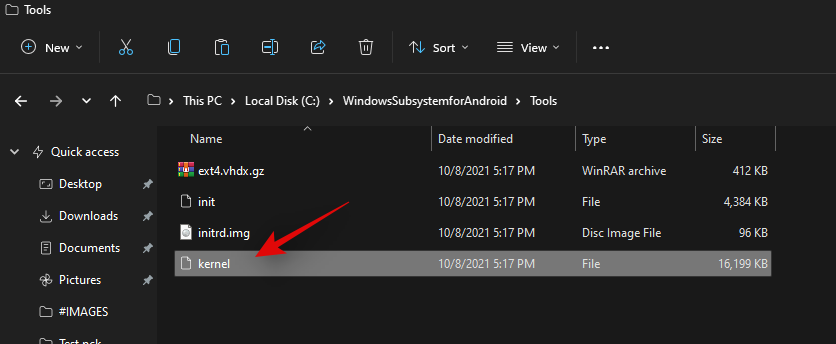
Rename ‘kernel’ to ‘kernel_backup’.
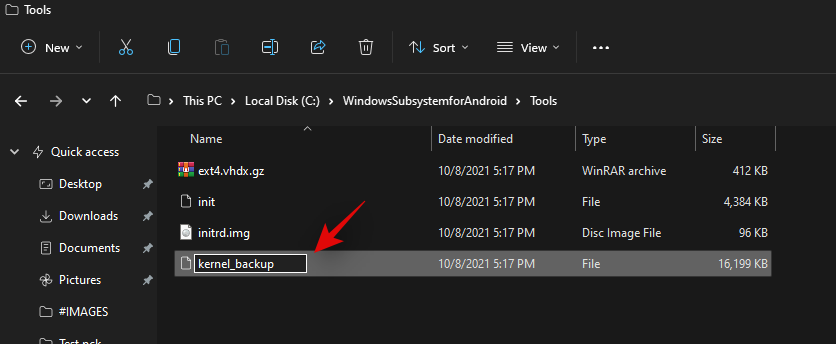
Now paste the kernel file we copied to your clipboard earlier in the same location.
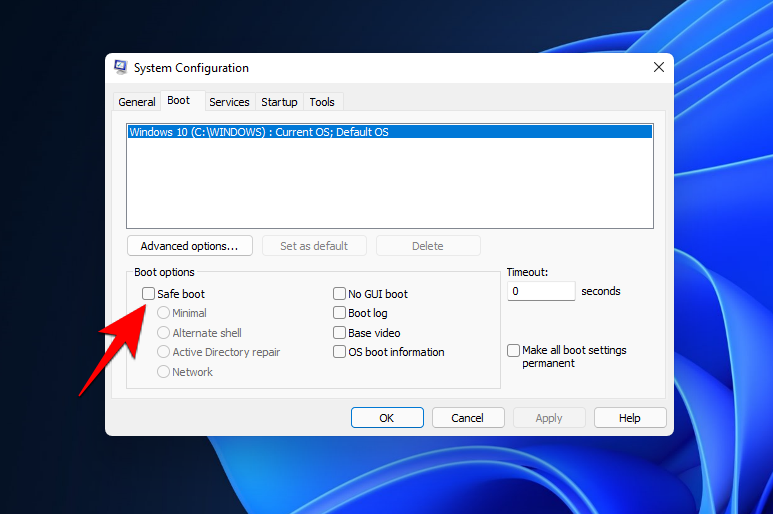
We will now need to enable developer mode for your installation of Windows 11. Press Windows + i to open the Settings app and then click on ‘Privacy and Security’ on your right.
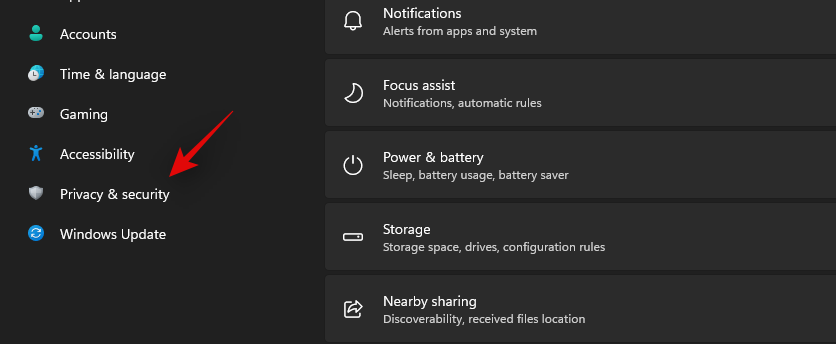
Click on ‘For developers’.
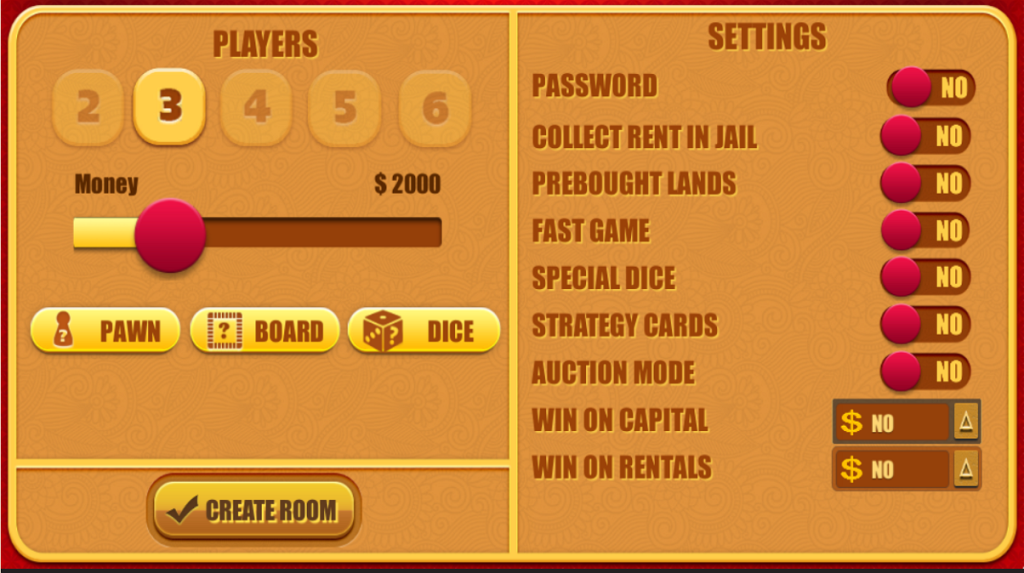
Enable the toggle for ‘Developer Mode’ at the top.
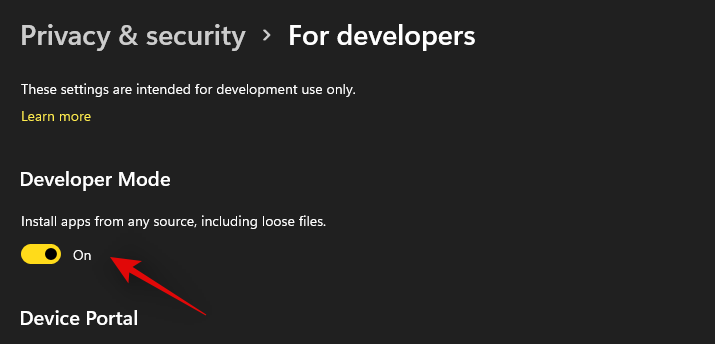
Click on ‘Yes’ to confirm your choice. Now press Windows + X and select ‘Windows Terminal (admin)’.
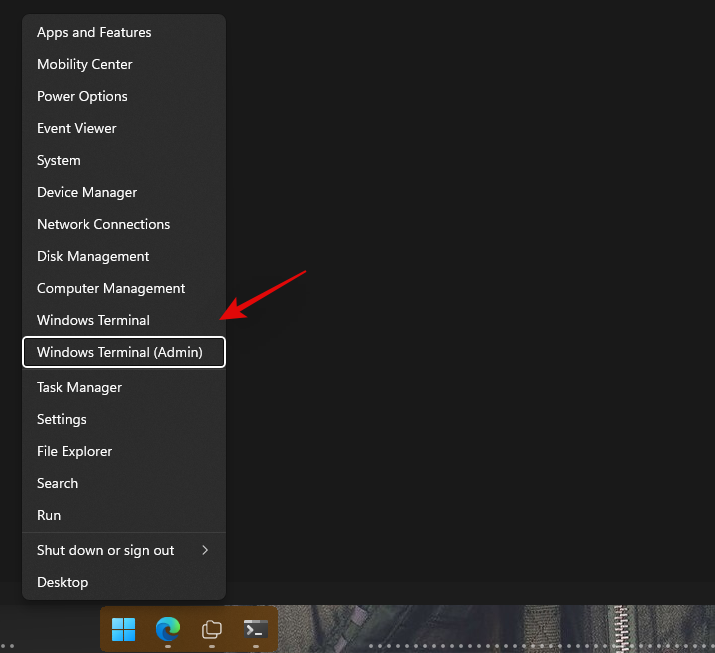
Click on the drop-down arrow at the top and select ‘Windows Powershell’.
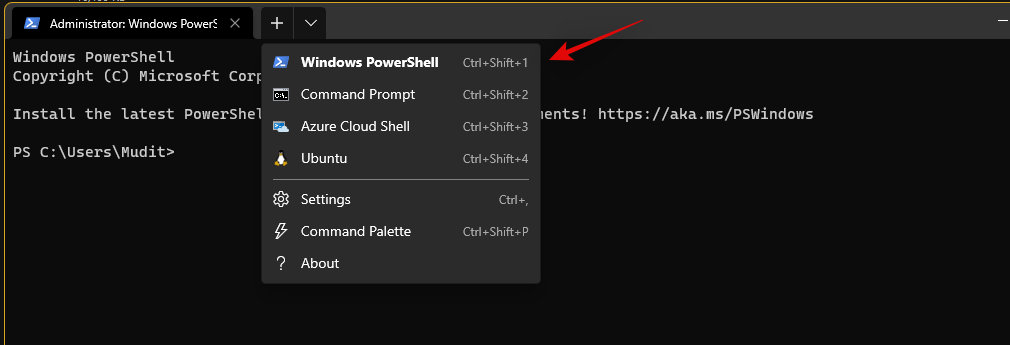
Note: Do not select ‘Powershell’, ensure that you select ‘Windows Powershell’.
Now run the following command.
Add-AppxPackage -Register C:\WindowsSubsystemForAndroid\AppxManifest.xml
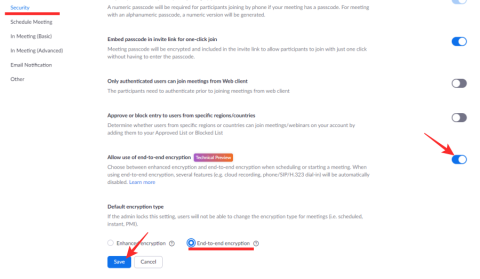
The modified subsystem will now be installed on your PC.

Press the Windows key and launch the same once the process completes.
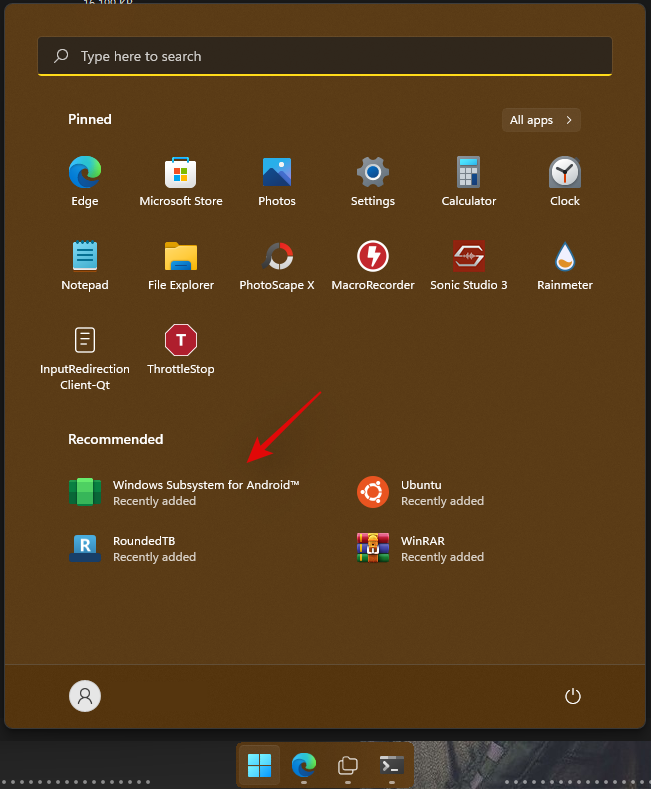
Enable the toggle for ‘Developer mode’ in the Android Subsystem.

Click on ‘Files’ at the top to launch the Subsystem on your PC. You might have to wait a few minutes now depending on your PC.
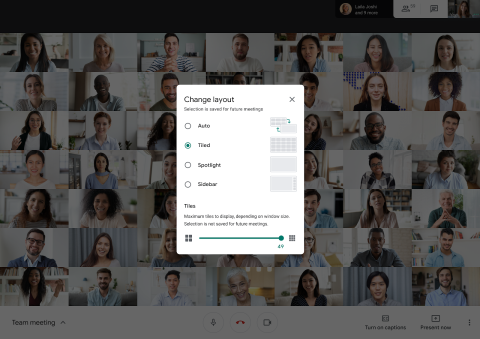
Close the Files app once it opens and download the ADBToolkit linked above.
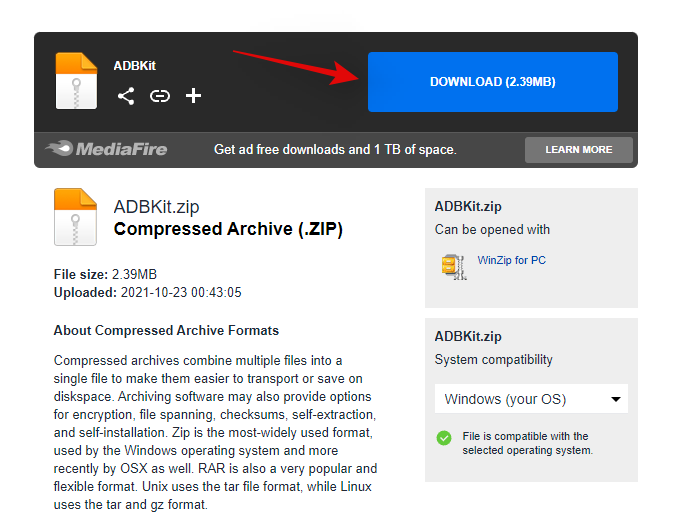
Now create a new folder on your boot drive and name it ‘ADBToolkit’.
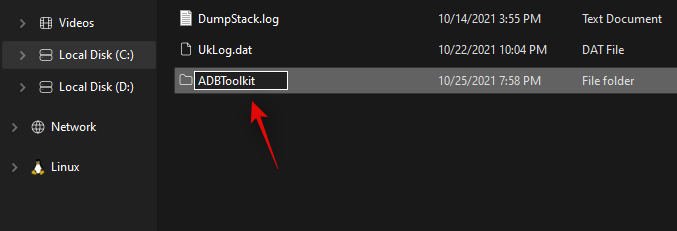
Extract the archive in the same location, and delete the archive and the original folder.
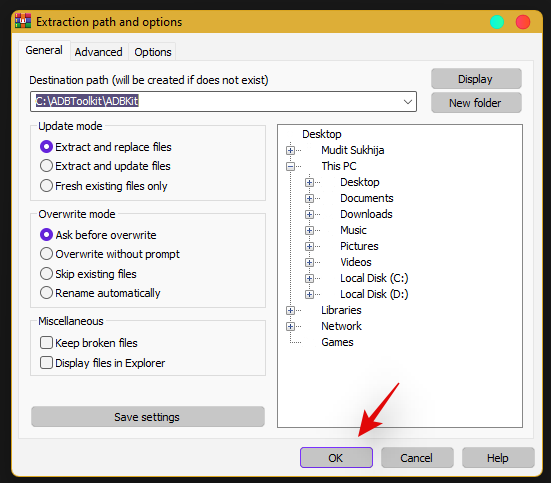
Press the Windows key, search for Play Store and launch it on your system. Do not click ‘Sign-in’ yet.
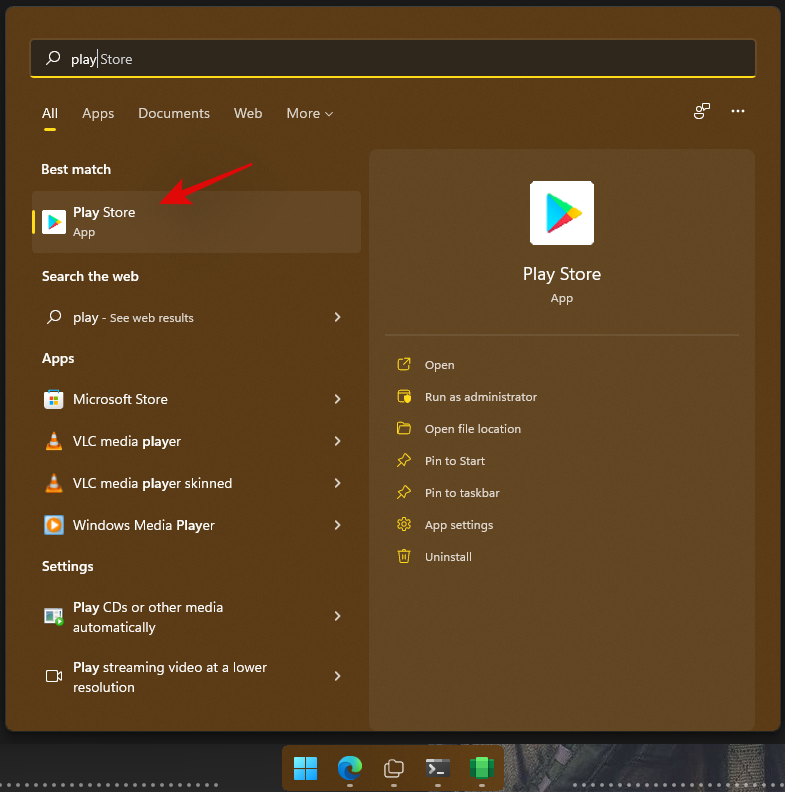
Go back to the ‘ADBToolkit’ folder and click on the address bar at the top, type in ‘Powershell’ and press Enter on your keyboard.
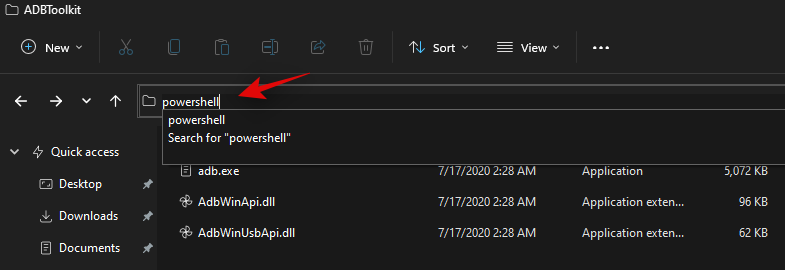
Go back to the Android Subsystem and note down the address shown below ‘Developer Mode’.
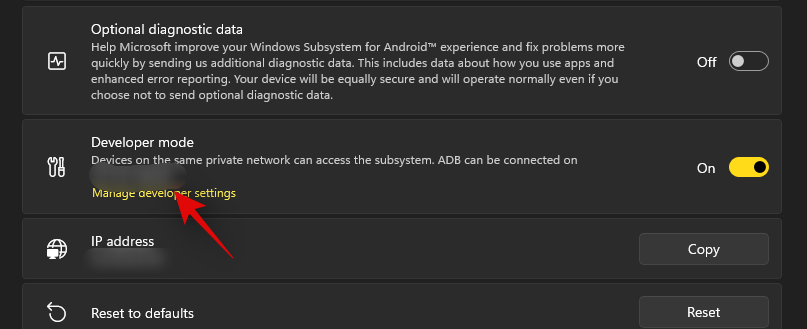
Note: If the address does not show up, simply click on ‘Refresh’ beside IP address.
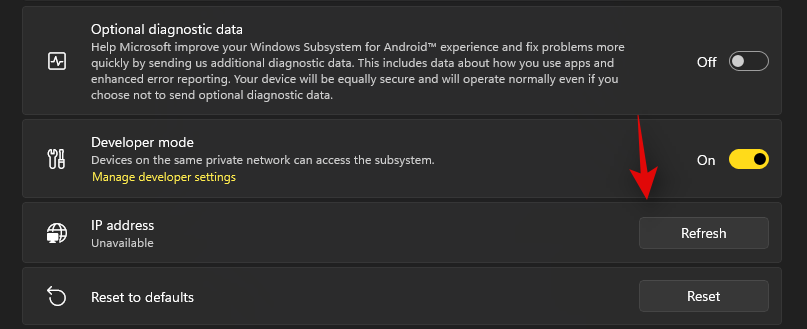
Type in and execute the following command. Replace ADDRESS with the address shown in the ‘Developer Mode’ section in the Android Subsystem.
.\adb.exe connect ADDRESS
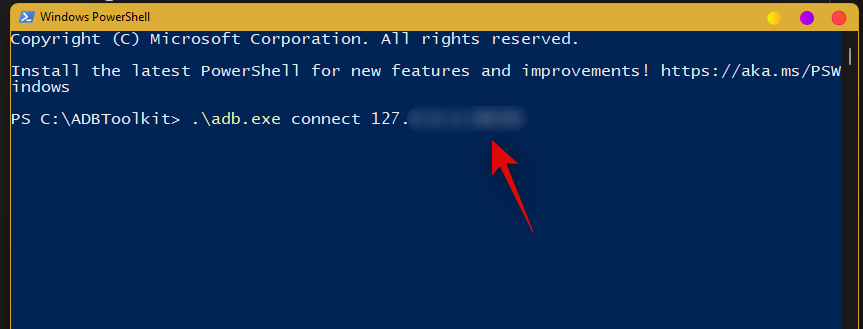
Once you are connected, execute the following command.
.\adb.exe shell
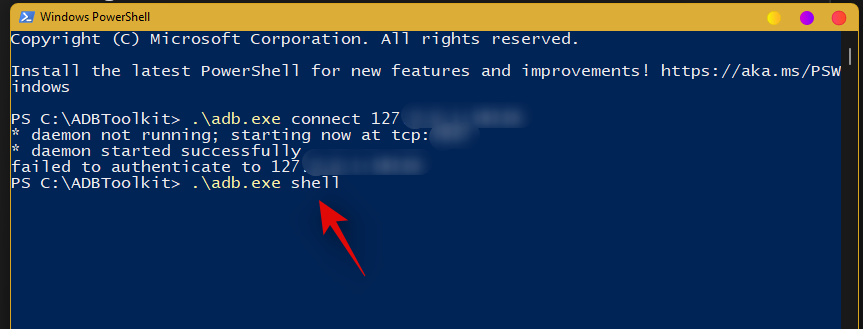
Type in the following command to gain root access.
su
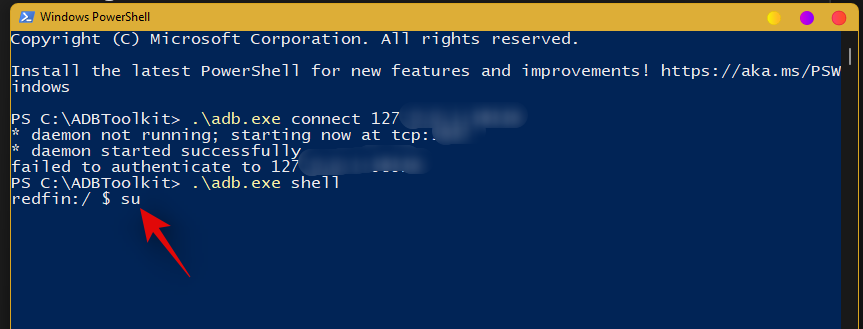
Execute the following command next.
setenforce 0
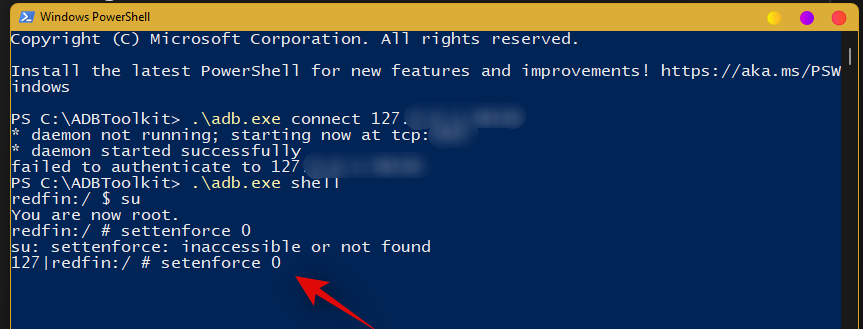
Now go back to the Play Store and click on ‘Sign-in’.
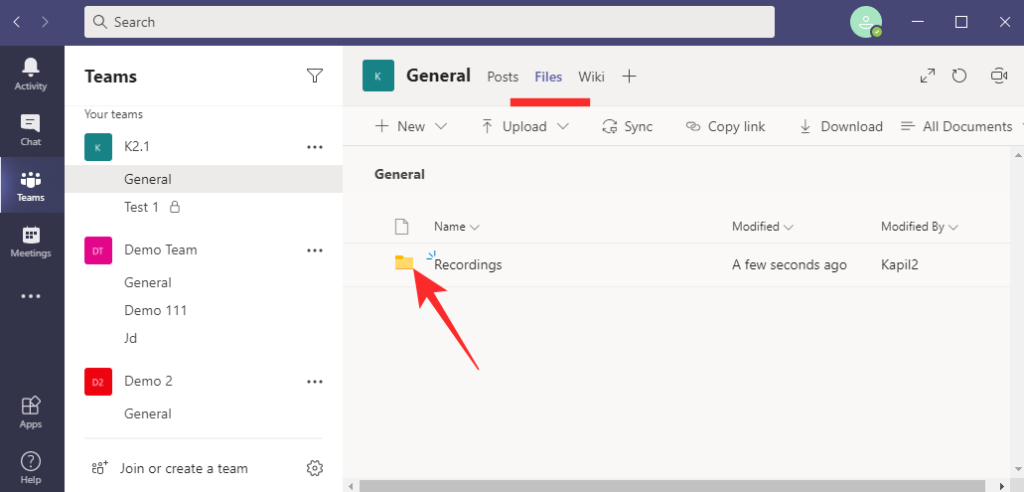
Sign in with your desired Google account now.
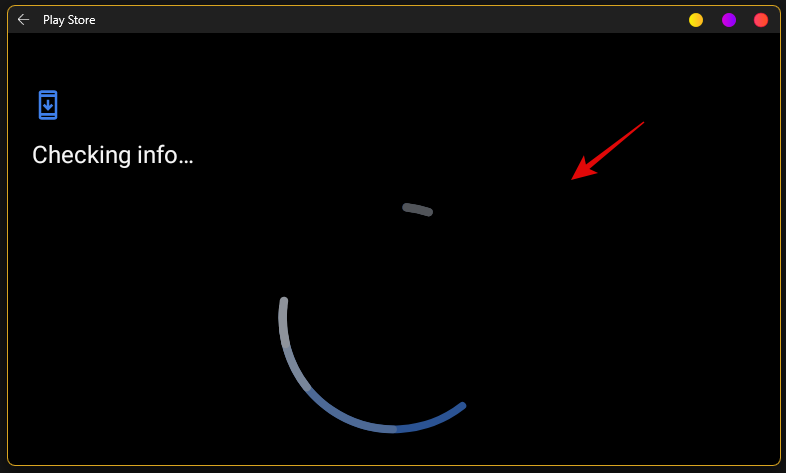
Note: This will also enable Google Sync, which by default will sync your Google data to Windows including things like Contacts, Calendar events, Browser history, and more.
Once you are signed in, close the Play Store. We now need to restore your original kernel. Open the Windows Subsystem for Android window and click on ‘Turn off’.

The Subsystem will now stop running in the background on your PC. Navigate to the ‘WindowsSubsystemForAndroid’ folder on your boot drive and open the ‘Tools’ folder.

Rename the ‘kernel’ file to ‘kernel_Root_mod’.
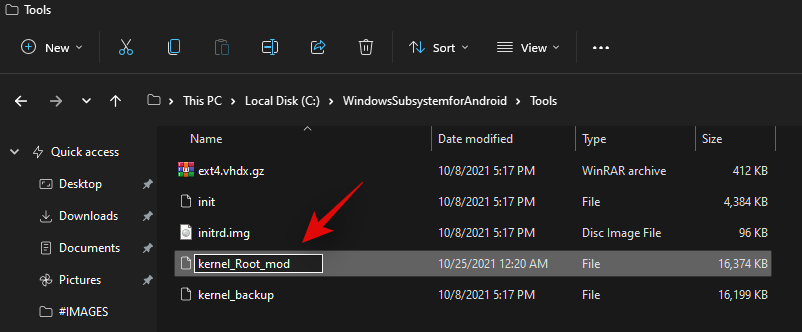
Similarly, rename ‘kernel_backup’ to ‘kernel’.
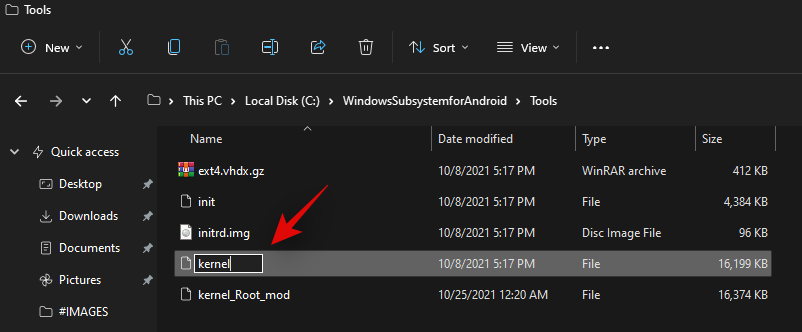
You can now close everything. We recommend you restart your system at this point. Once restarted, you should now be able to use the Play Store on your system while signed in with your Google account.
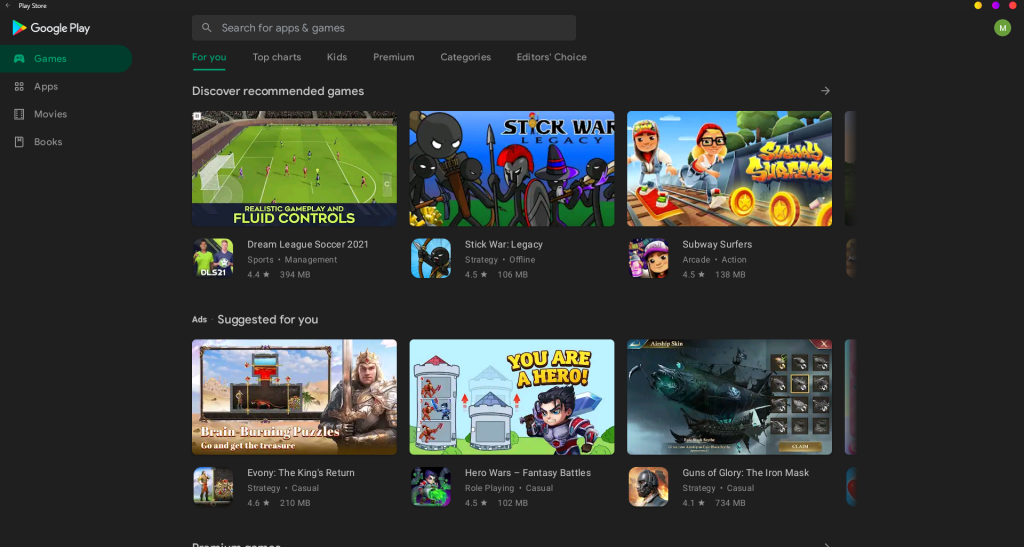
We hope you were able to easily set up and use GApps and Play Store on your PC using the guide above. If you face any issues or have any questions, feel free to reach out using the comments section below.
Related:






































































































